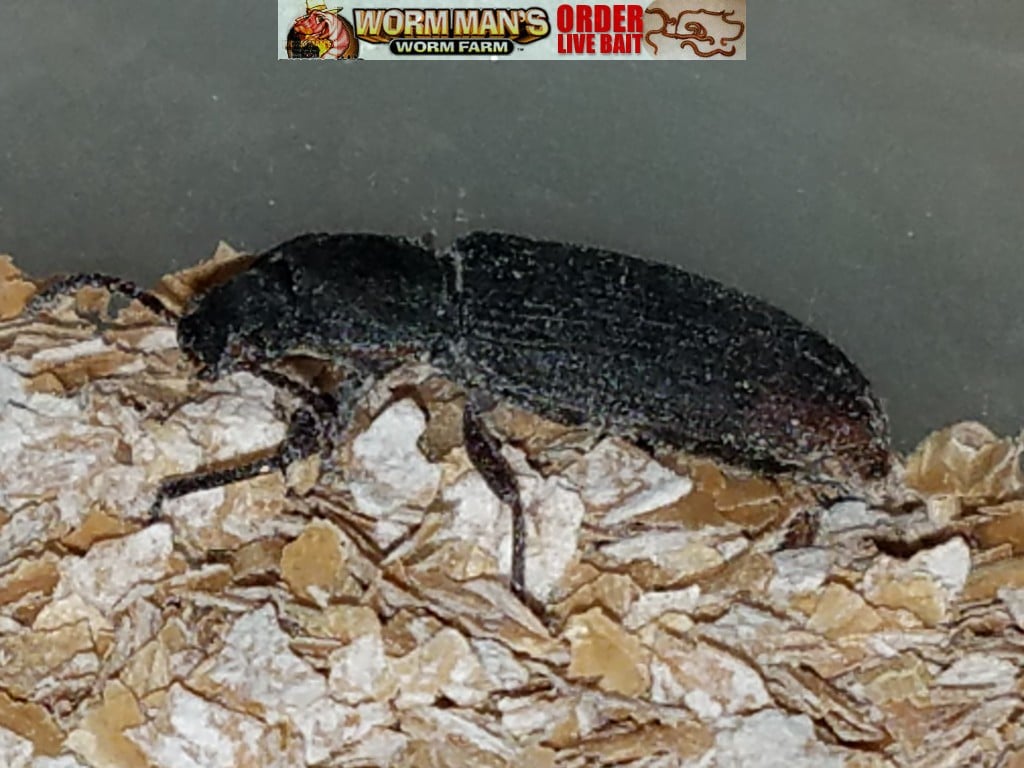
I wrote a post about Tenebrio Obscurus a while back. You can find that post here. The gist of the post was that mini mealworms were named incorrectly and I cited sources. The common name for Obscurus is “Dark Mealworm. Dark Mealworms, it turns out, have never been sold in mass volumes. It is not even being grown by growers as feeders or in any fashion it seems.
Dark Mealworms are the larvae of the adult Tenebrio Obscurus. Until recently, Buffalo Worms were mistakenly being sold as Tenebrio Obscurus, when they are actually Alphitobius diaperinus. Diaberinus is indeed a mini mealworm while Obscurus is a large mealworm. In the video, I place a golden mealworm beetle, Tenebrio Molitor, next to a Tenebrio obscurus beetle and you can see that Tenebrio obscurus, or the Dark Mealworm is a larger beetle.
I also place a large mealworm next to a Dark Mealworm and you can see that the largest large common mealworm is smaller than the Dark Mealworm larvae. The difference being that the Dark Mealworm is darker in color and has an exoskeleton that is more like that of Superworms, Zophobas morio.
Please see the pictures and watch the video below and comment.




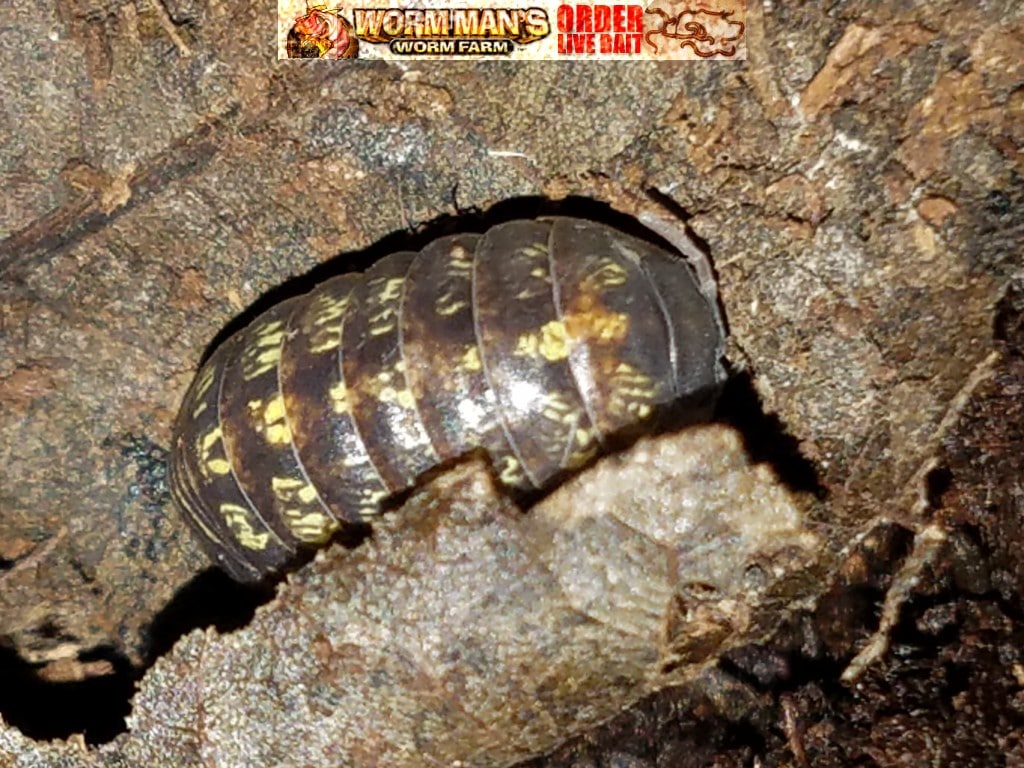


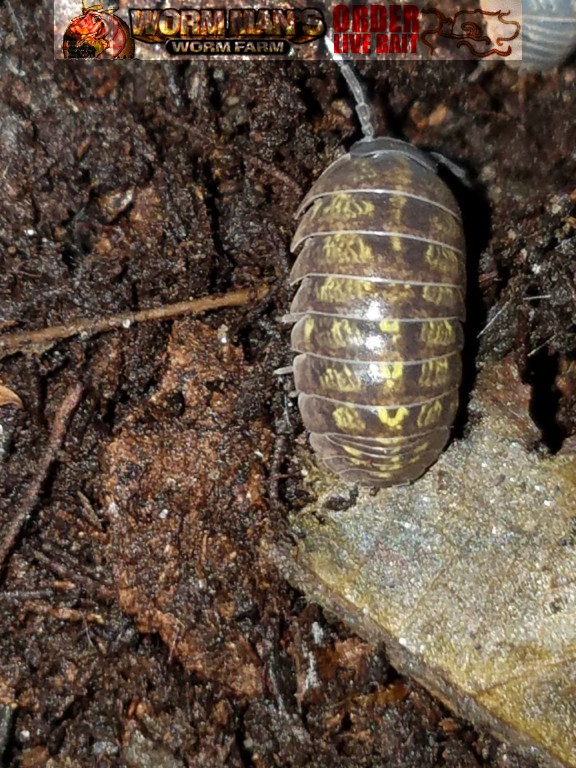
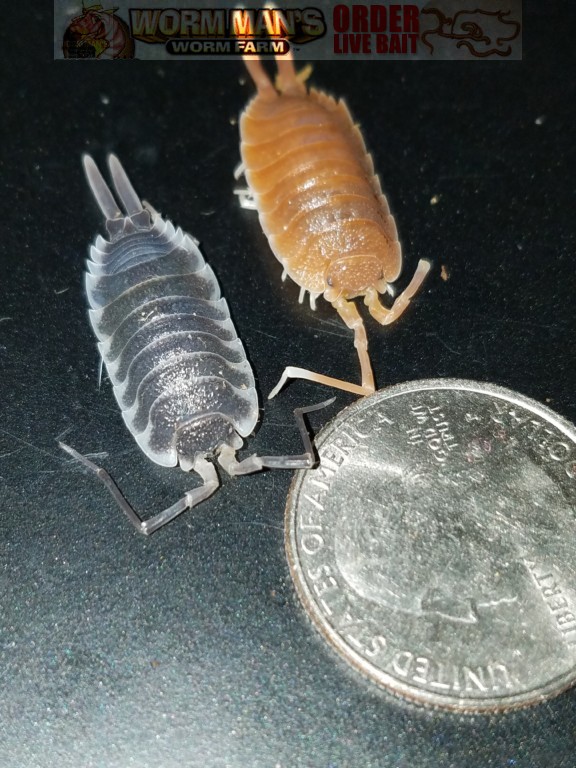



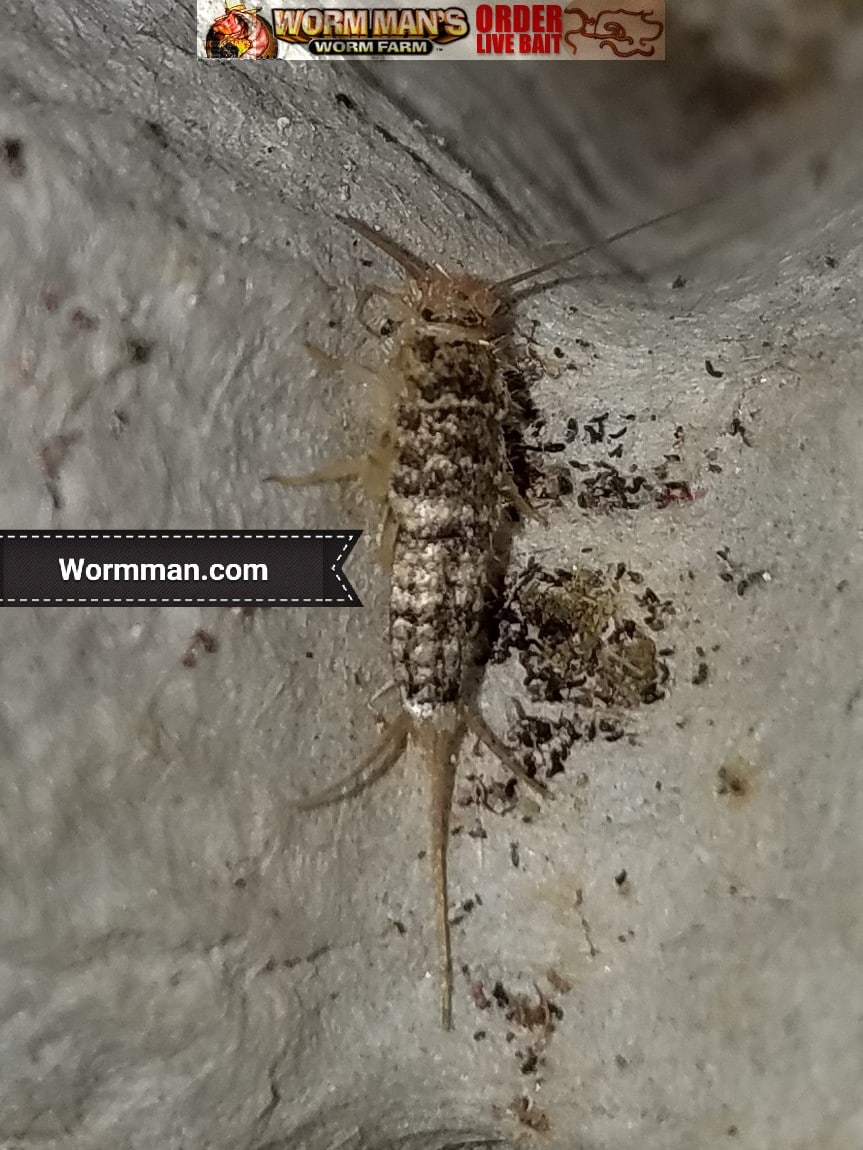




You must be logged in to post a comment.